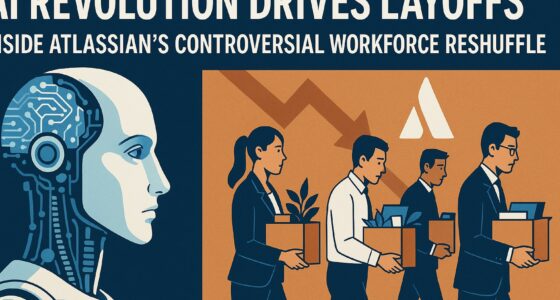Introduction: A New Chapter in Machine Autonomy
We are witnessing a fundamental shift in the purpose of artificial intelligence. For the last decade, AI has served as an assistant—a tool that executes instructions. But a new generation of systems is emerging that can interpret context, make decisions, and coordinate outcomes. This is the dawn of Agentic AI, where machines stop waiting for orders and begin operating as autonomous collaborators.
Agentic AI redefines the human–machine relationship. These systems are no longer passive models that predict words—they are frameworks for action. They plan tasks, manage APIs, coordinate workflows, and even negotiate outcomes. In short, they become a digital workforce.
“The leap from assistants to agents is as transformative as the leap from calculators to computers.”
From Outputs to Outcomes
Earlier AI models generated text, code, or images. They were limited to producing outputs—answers in isolation. Agentic AI closes the loop. It connects reasoning, memory, and environment. Through this linkage, models act toward outcomes rather than mere completions.
In business terms, this means delegating not tasks but responsibilities. You no longer ask, “Write a summary.” You say, “Prepare the client briefing and schedule the call.” The agent does both—because it understands not just what you said, but what you meant.
Enterprise Implications: From Productivity to Autonomy
Organizations adopting agentic systems will rewire their workflows. Project management, customer support, and even compliance will become multi-agent ecosystems. Each agent acts as a node—collaborating, escalating, and reporting. Companies that harness this orchestration will experience productivity jumps not of 10% but of several orders of magnitude.
However, autonomy demands trust. Leaders must define boundaries—where agents act freely and where human oversight remains. The future organization will resemble a hybrid intelligence stack: human creativity at the top, machine execution at the base.
Challenges: Safety, Alignment, and Accountability
As these systems evolve, questions multiply: Who is accountable when an AI agent makes a mistake? How do we audit decisions when reasoning is distributed across multiple agents?
The governance frameworks of the coming decade will have to blend AI observability with human ethics. A new profession will emerge—the AI operations architect—responsible for ensuring that autonomy doesn’t drift into anarchy.
Conclusion: The Human Role After Autonomy
Agentic AI is not about replacing humans—it’s about expanding what’s possible. The more capable our agents become, the more we must focus on leadership, intent, and meaning. The ultimate test will not be whether these systems act—but whether they act in alignment with human purpose.









